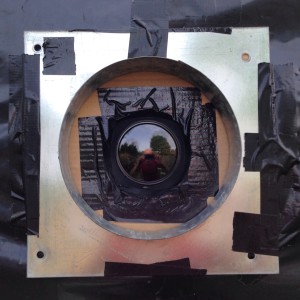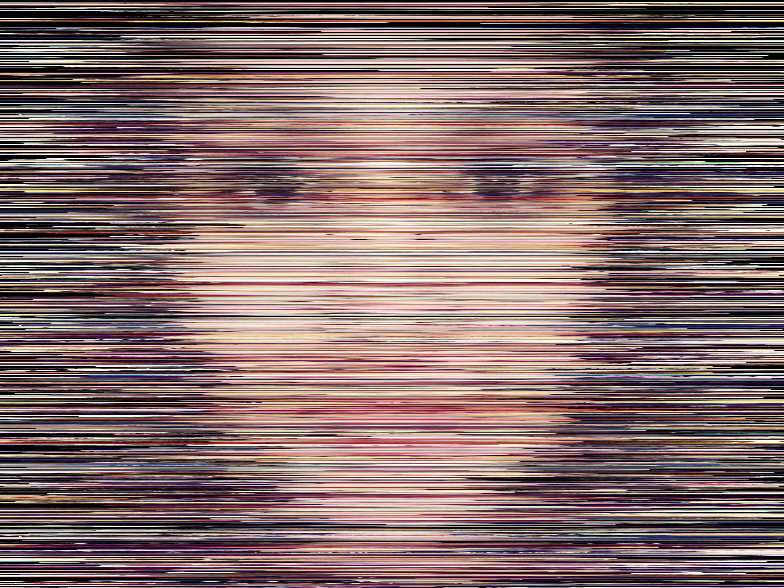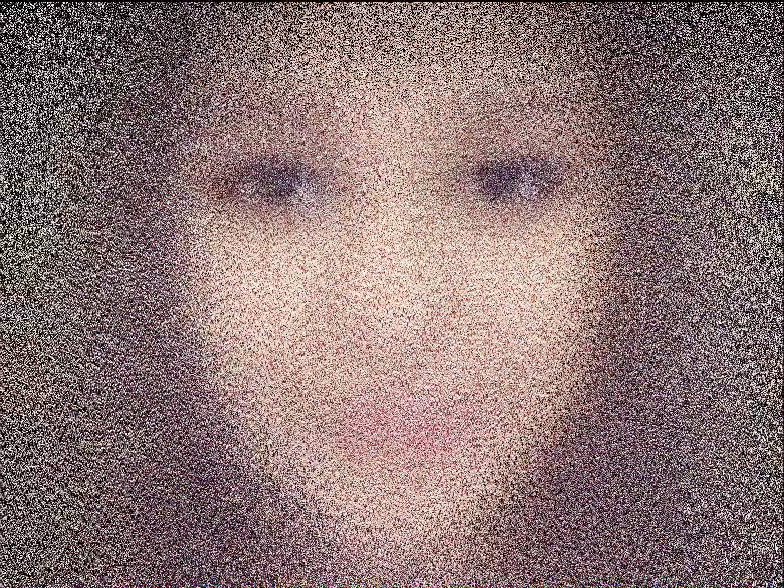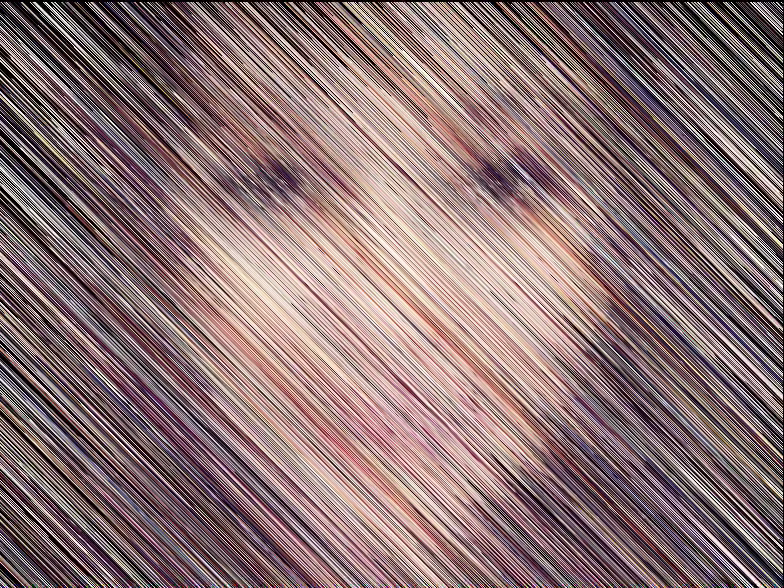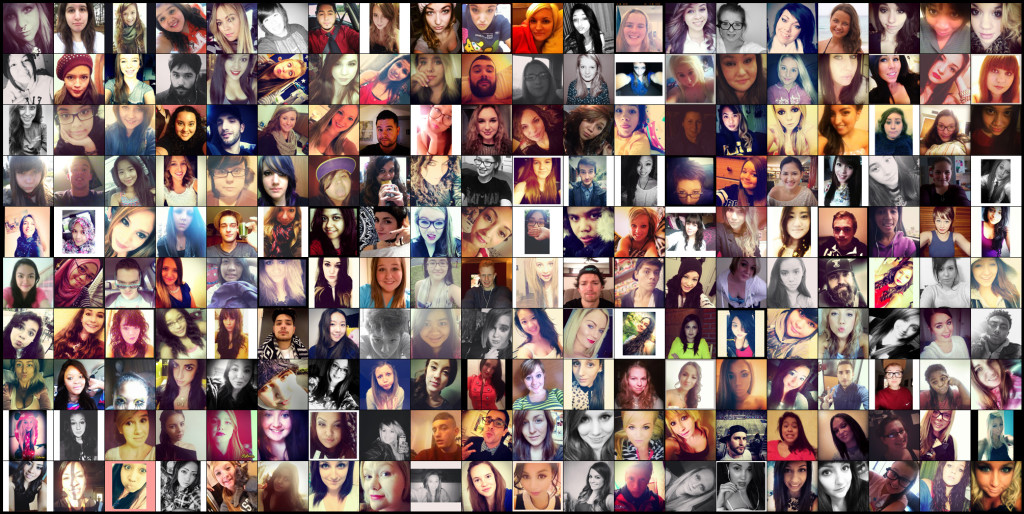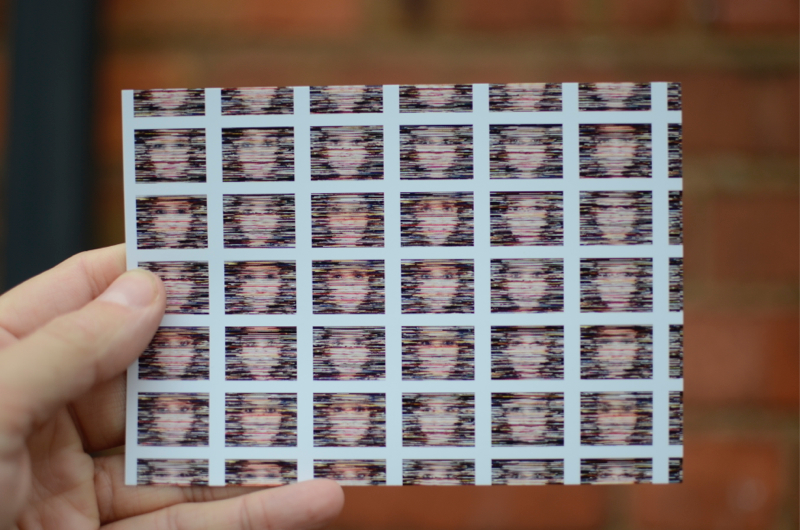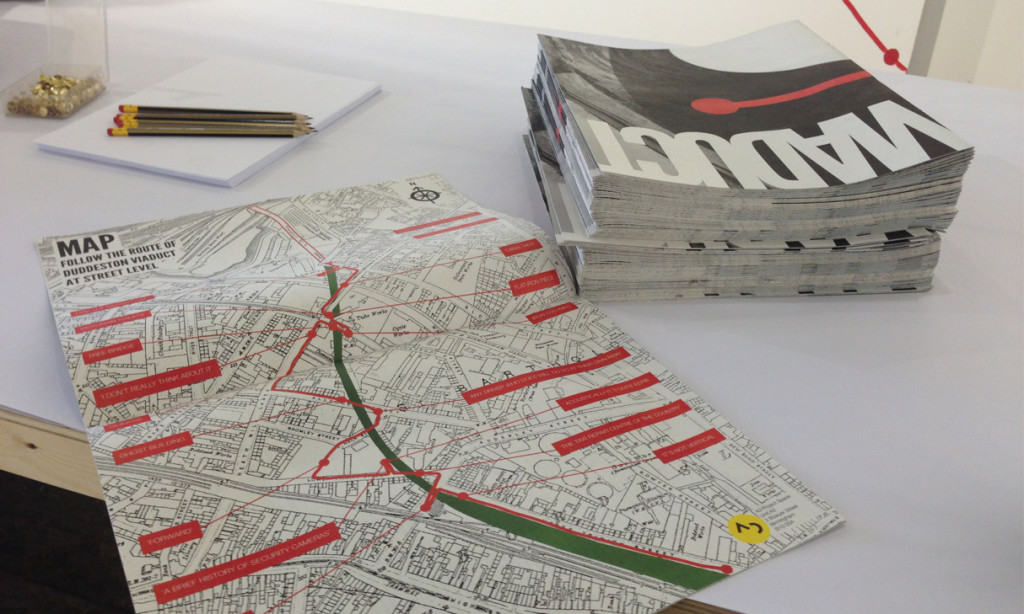For the forthcoming Birmingham Architecture Festival, on May 24th Jenny Duffin and I will be wheeling a large camera obscura around Birmingham city centre which people can view the city through. It’s something we’ve been talking about doing for a few months and it’s actually going to happen. We just need to build it.
The project is, at this stage, completely self funded. We did tout the idea around a bit but nobody seemed interested in paying us to build a giant mobile camera, and understandably since we had nothing except an idea and a very bad sketch. So we shrunk the budget, lowered the expectations, and built a 1 meter cube on stilts, stuck a sheet of tracing paper over the bottom, covered it in blackout plastic and fixed a lens at the top.
It’s surprisingly hard to photograph it since it’s really just a black box. Here are some production photos, after which I’ll talk a bit more about the process.
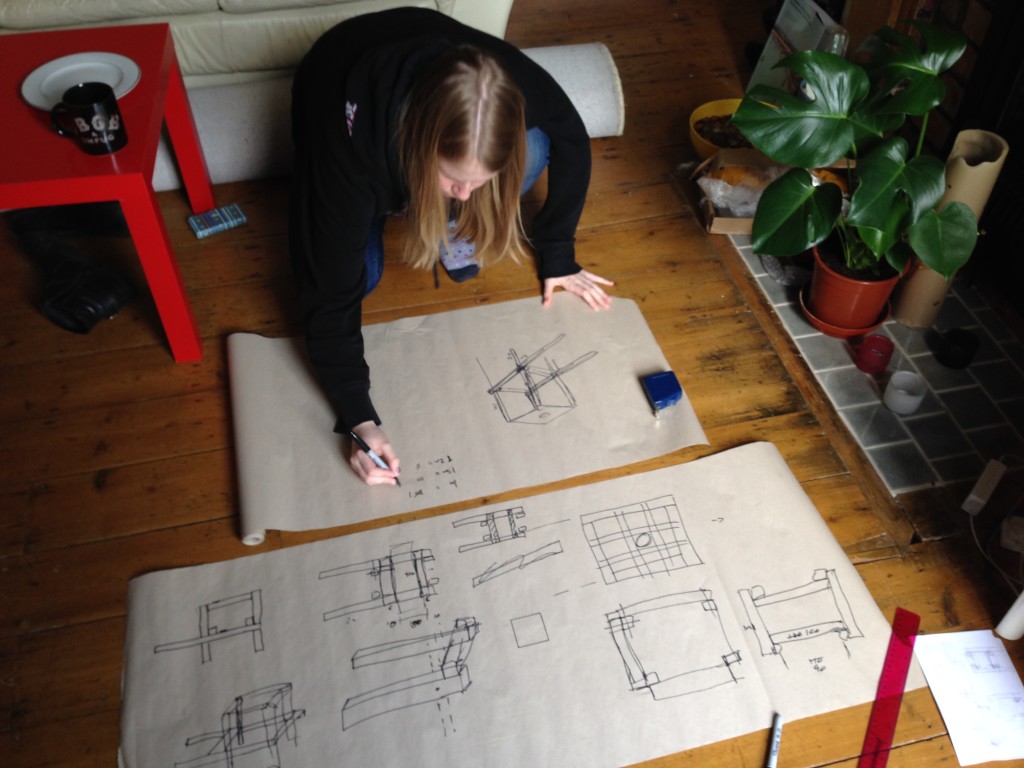
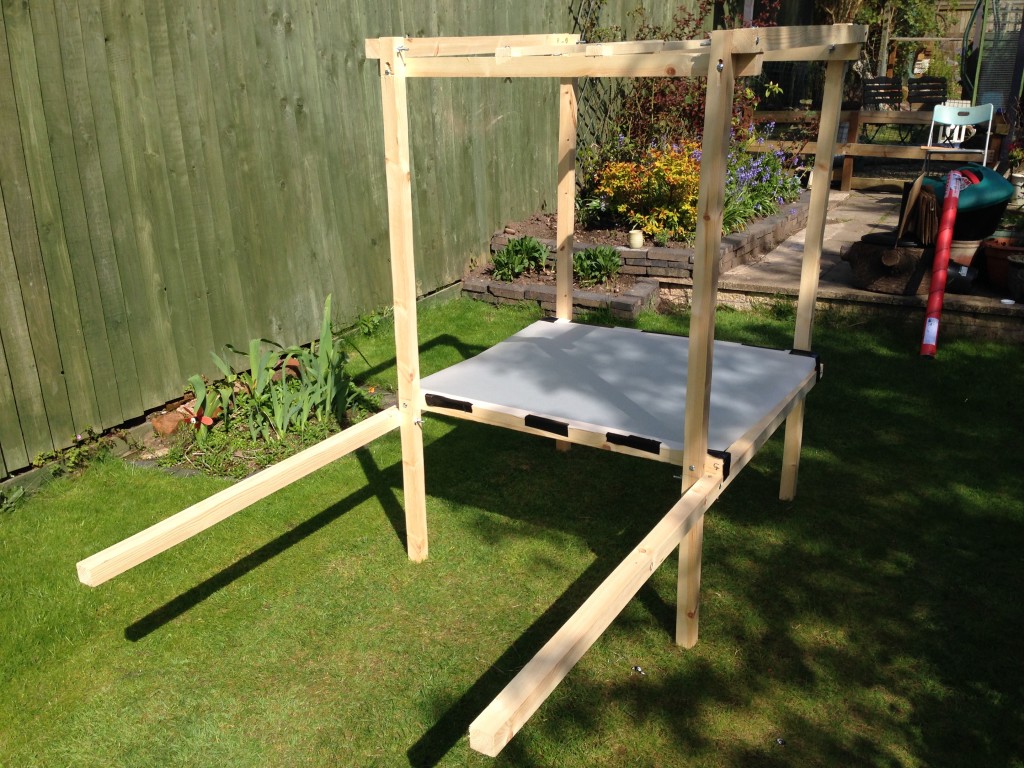
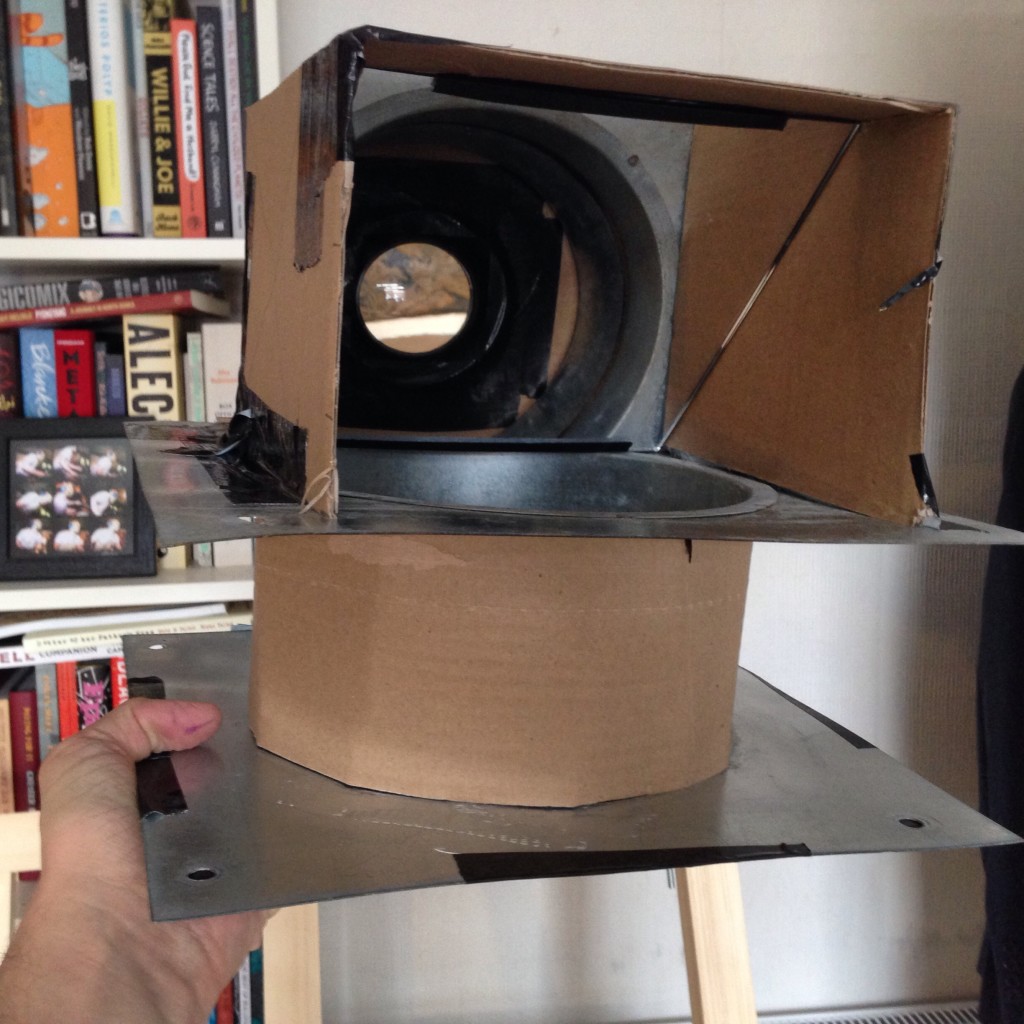
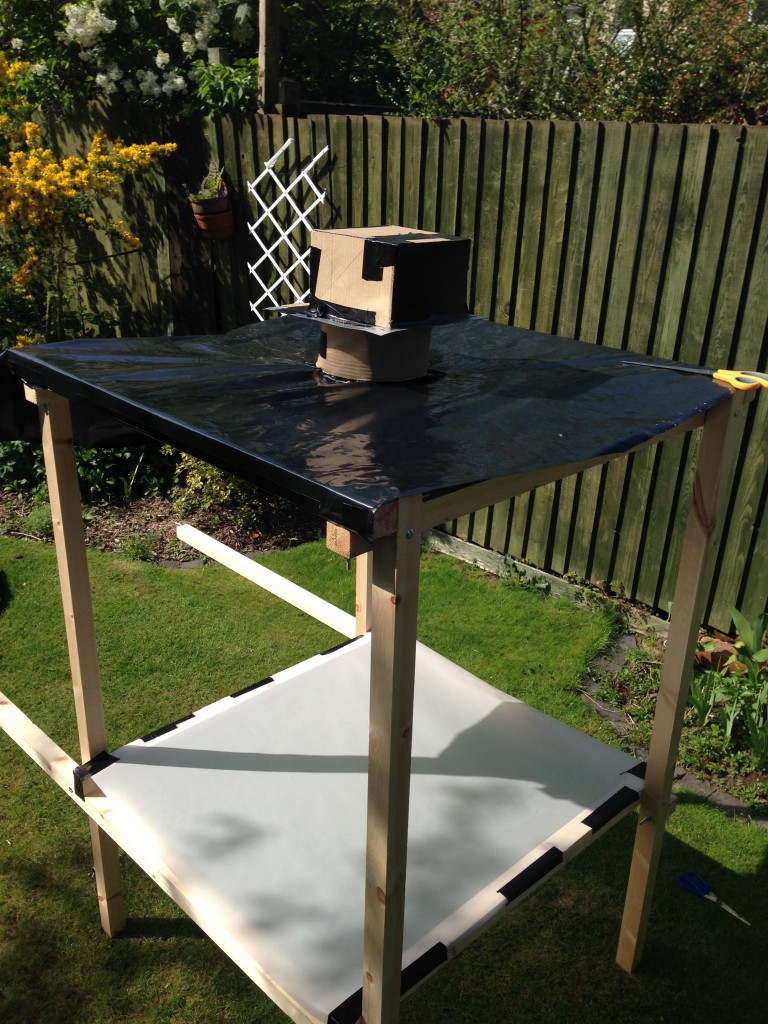
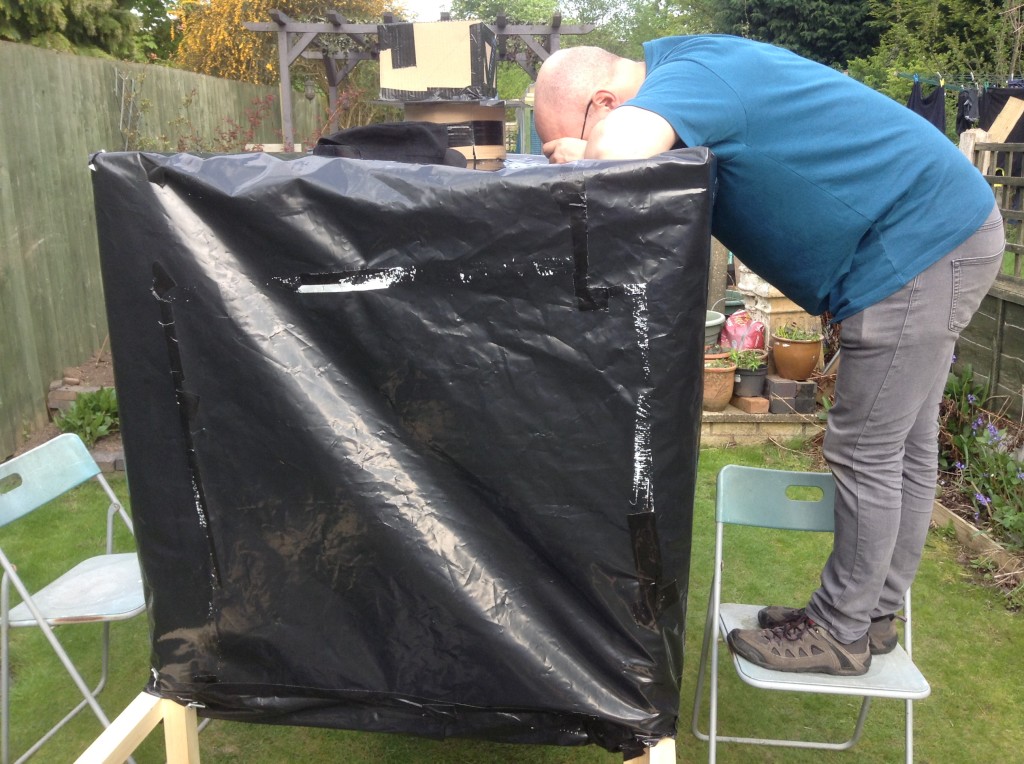

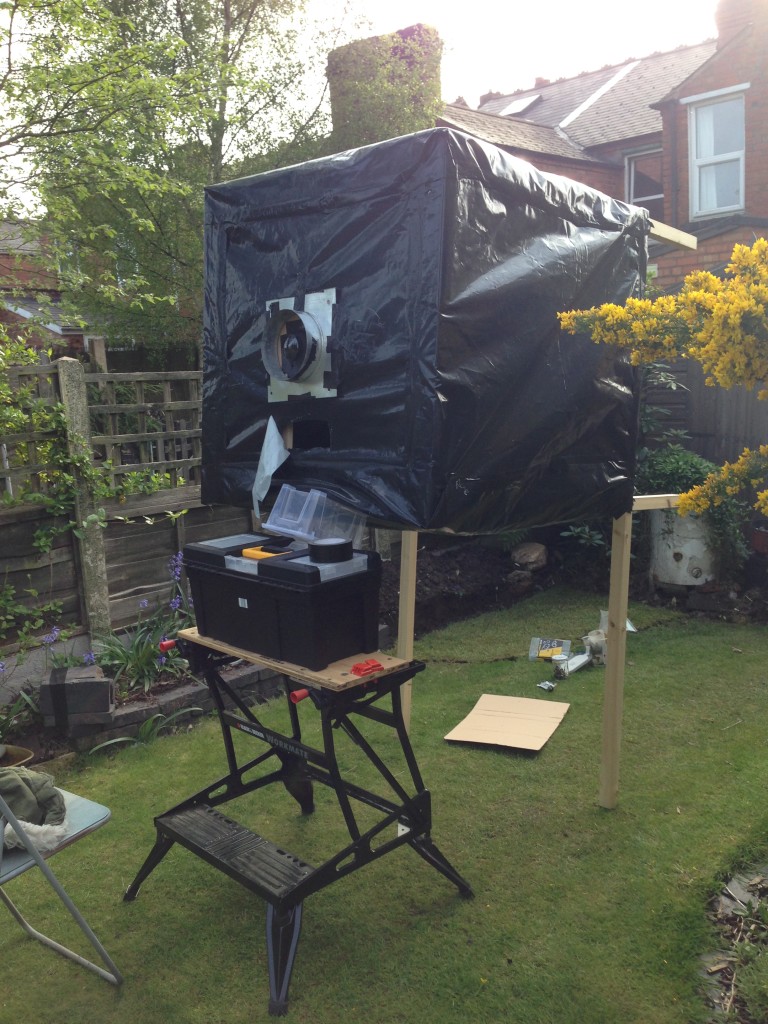
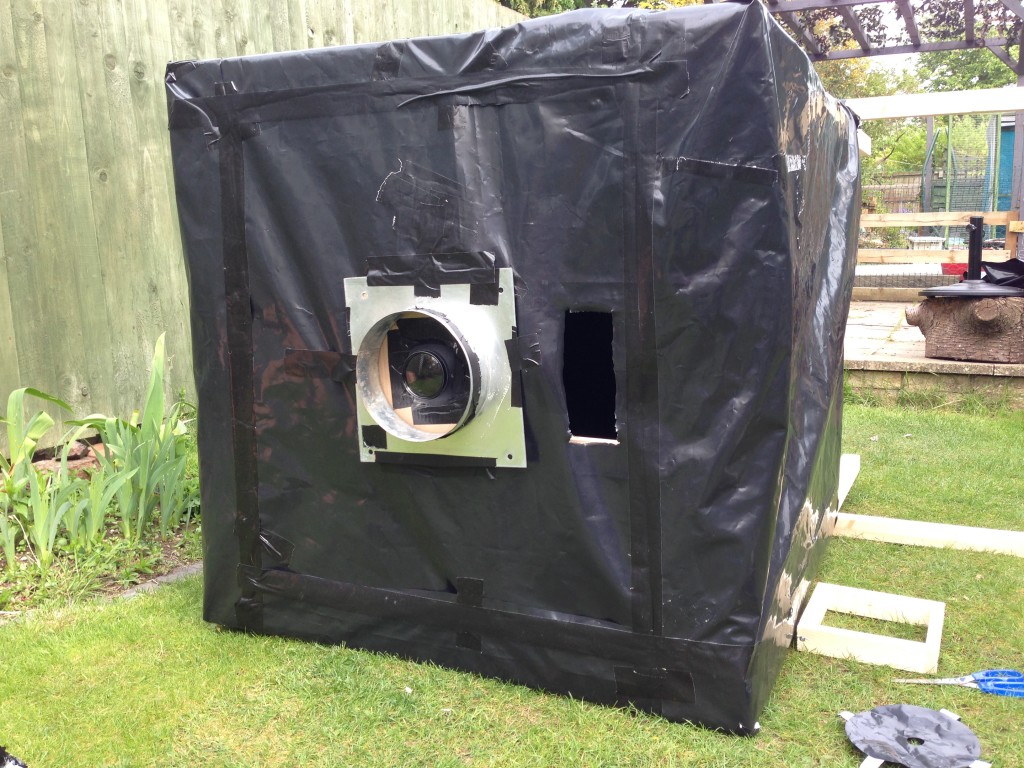
It was a very iterative process. I realised, not for the first time, that my diagrams might show how something should look but failed miserably to show how they might work. I am not an engineer and my respect for engineers grows with every attempt to build something.
The original plan was to have the viewer lie on the floor under the box and look at the image projected onto the screen. While this rear-projection idea is interesting it didn’t prove that practical, especially for testing the focus, so we cut a slit in the top next to the lens to look into the box itself. With an old parka hood for lightproofing this turned out to be much better, so we’re probably sticking with that.
The other issue was the 45 degree mirror. I sourced cheap acrylic mirror tiles on eBay but the image refused to focus. A visitor suggested it might work with a proper mirror, so I grabbed the bathroom one. It worked much better, though Fi won’t let me use it as it’s apparently a nice mirror. But in the process we started liking the simplicity of just pointing the lens at the subject on its own, so we might get rid of the mirror altogether. Except I just bought an £8 glass mirror from the mighty Latifs and it works, so we’ll see.
A final unexpected issue was the focal point. All the literature about lens-based camera obscuras talks about the lens focussing on the screen at a particular distance inversely proportional to its diopter (our +1 diopter lens focusses at a metre, a +4 diopter (similar to most cheap magnifying glasses, it seems) focusses at 25cm) but none of it talks about where the focal point of the subject itself might be.
It turns out our lens has a focal point of 20 metres, give or take. This might explain why all the camera obscura I’ve seen are a long way away from their subjects, up towers or on cliffs. Anything too close with fall out of focus very fast. This might be an issue when we’re wheeling this thing around at ground level. Or it could just be a feature!
But we’re happy with the current iteration - a box with a lens and a screen which creates an image people can look at. Here are a couple of photos taken by resting my iphone inside the camera. It’s not accurate (high ISO noise and long exposure blur) but it proves it works.
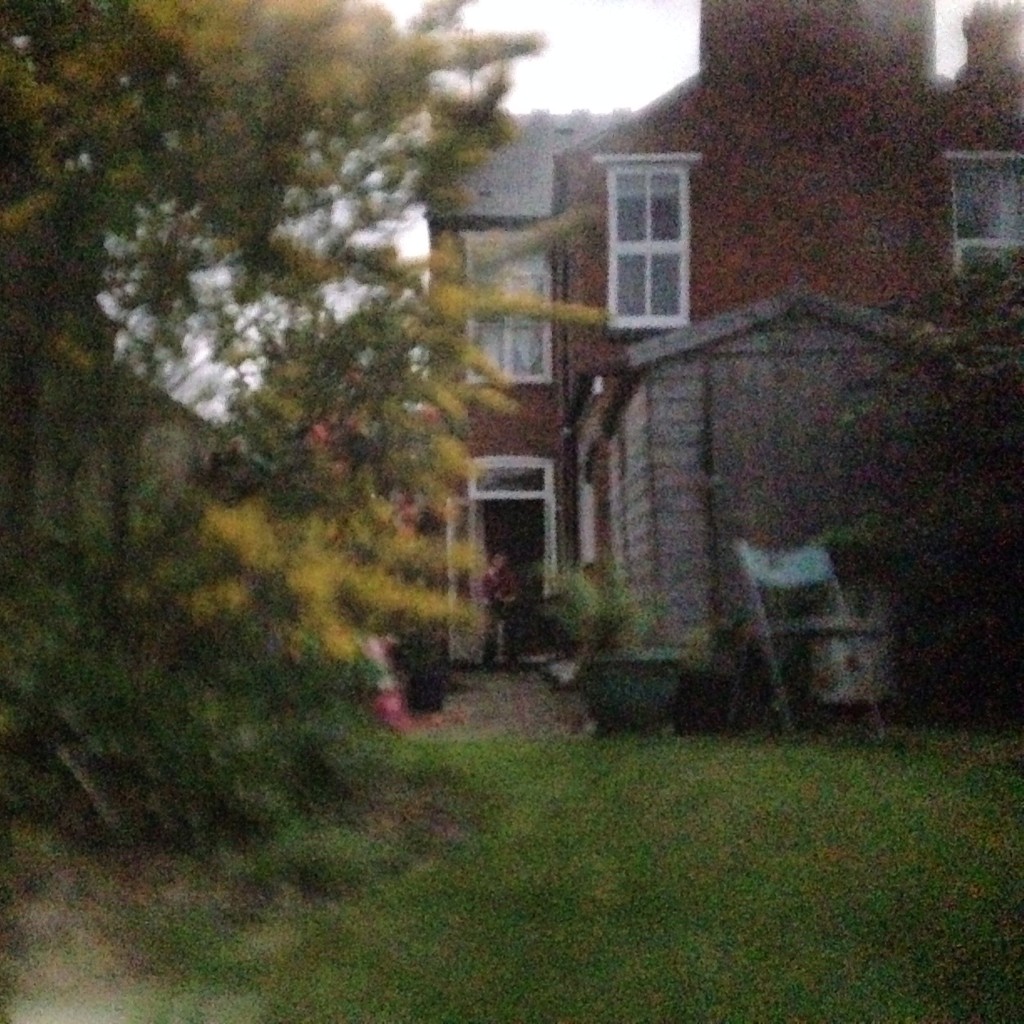
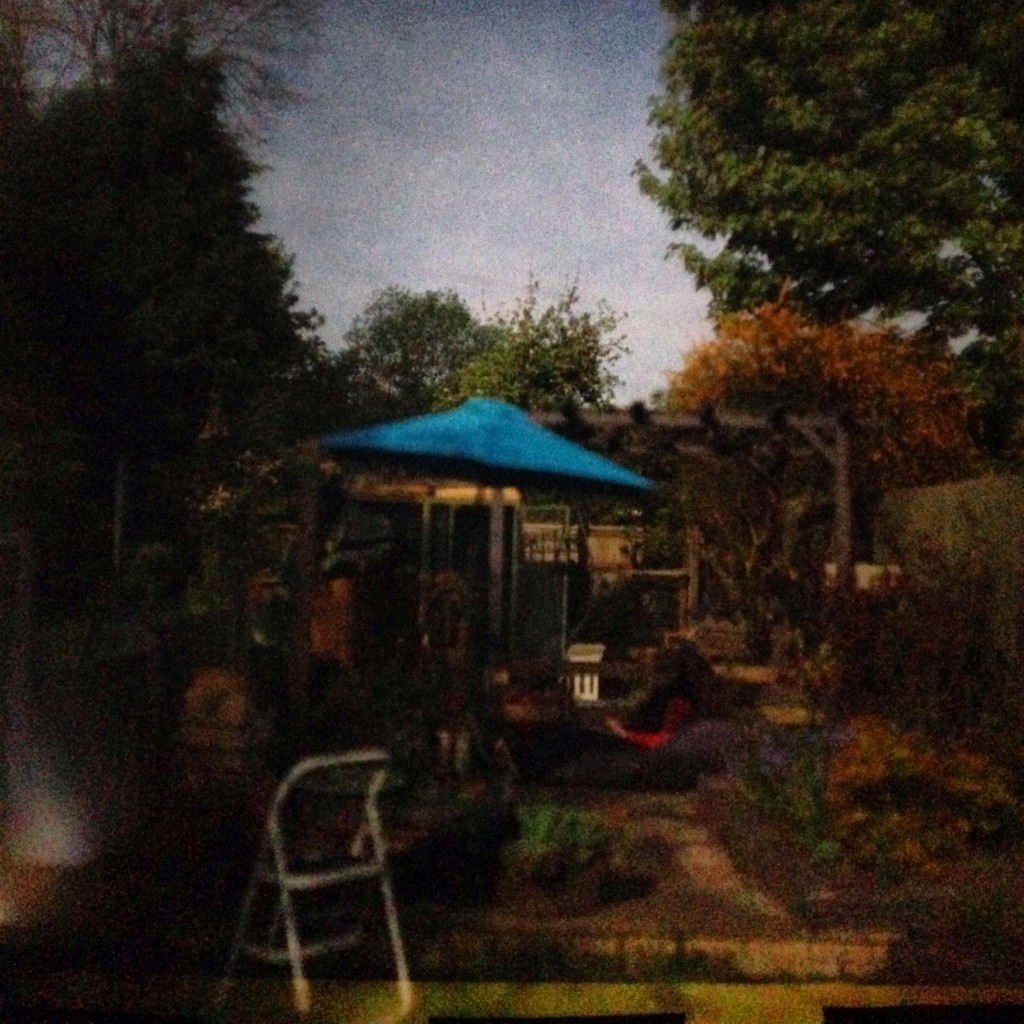
To do:
- Get some wheels and make it mobile.
- Devise an adjustable fixing for the new mirror.
- Create side banners saying “Duffin and Ashton’s Superlative Camera Obscura” in a Victorian sideshow style so it looks a little less like a big square binbag. Any offers? Can pay with pizza and beer.
The box will be roaming around Birmingham City Centre pointing at key buildings on Saturday May 24th as part of the Birmingham Architecture Festival - check their Twitter for locations on the day.
More details to come, along with our long term plans for this project, of which we have many…
